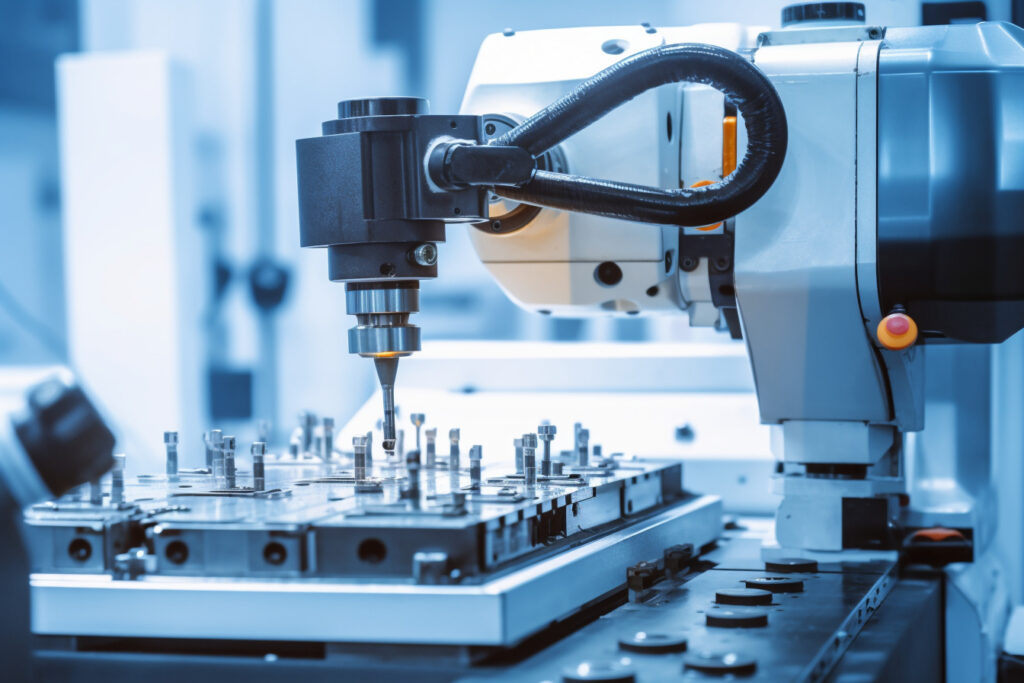The cemented carbide industry has been a cornerstone of various sectors, providing durable and high-performance materials for a wide range of applications. As industries continue to evolve and demand innovative solutions, the future of the cemented carbide industry holds promising opportunities. In this blog post, we will explore the trends and advancements that shape the future of the cemented carbide industry and its potential impact on various sectors.
Advancements in Material Science:
Material science research and development will continue to drive advancements in the cemented carbide industry. Researchers are exploring new compositions, microstructures, and manufacturing techniques to enhance the performance and expand the range of applications for cemented carbide. Innovations such as nanostructured cemented carbide and advanced alloying methods are expected to result in materials with improved hardness, toughness, and wear resistance. These advancements will enable cemented carbide to address more demanding applications in industries such as aerospace, energy, and automotive.Sustainable Manufacturing:
Sustainability is a key focus across industries, and the cemented carbide industry is no exception. Future developments will prioritize sustainable manufacturing processes, including efficient use of resources, reduced energy consumption, and minimized environmental impact. Efforts are being made to optimize production techniques, recycle and reuse materials, and develop eco-friendly alternatives to traditional binders and coatings used in cemented carbide manufacturing. Sustainable practices will not only meet environmental regulations but also enhance the reputation and marketability of cemented carbide products.Expanding Applications in Renewable Energy:
As the world shifts towards renewable energy sources, the cemented carbide industry is poised to play a significant role. Cemented carbide components are essential in wind turbines, where they provide reliable and efficient performance in critical areas such as gearbox systems and bearings. The increasing demand for wind energy, coupled with advancements in turbine technology, will drive the need for cemented carbide materials that can withstand higher loads, reduce friction, and improve overall turbine efficiency. Additionally, cemented carbide is expected to find applications in emerging renewable energy sectors such as solar power and energy storage.Digitalization and Industry 4.0:
The integration of digital technologies and automation, known as Industry 4.0, is transforming manufacturing processes across industries. In the cemented carbide industry, digitalization will enable enhanced product design, simulation, and optimization. Advanced modeling and simulation tools will aid in predicting material behavior, optimizing manufacturing parameters, and developing customized cemented carbide solutions for specific applications. Furthermore, the implementation of data-driven manufacturing systems, including real-time monitoring and predictive maintenance, will improve quality control and productivity in cemented carbide production.Collaborative Research and Development:
The future of the cemented carbide industry will depend on collaborative efforts between industry players, research institutions, and end-users. Partnerships and collaborations will foster knowledge exchange, accelerate innovation, and address complex challenges. Collaborative research and development initiatives will focus on exploring new applications, advancing manufacturing techniques, and improving the overall performance of cemented carbide materials. These collaborations will ensure that the cemented carbide industry remains at the forefront of technological advancements and continues to meet the evolving needs of various sectors.



